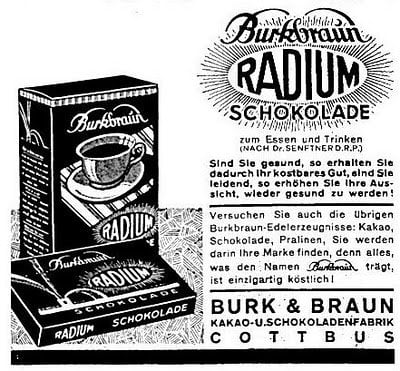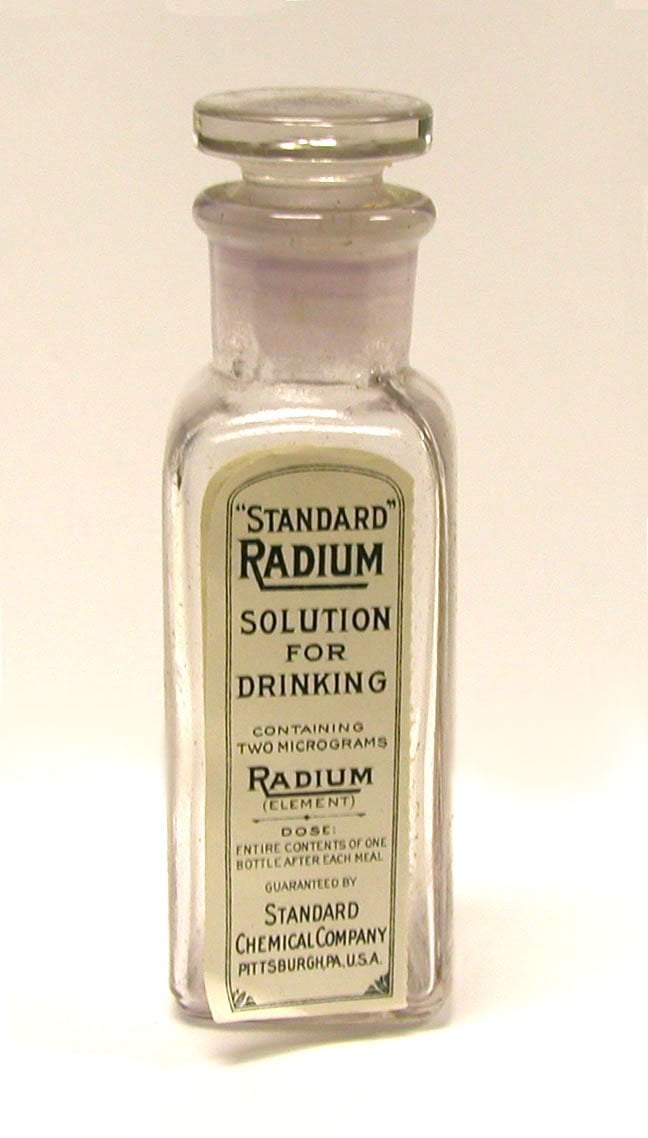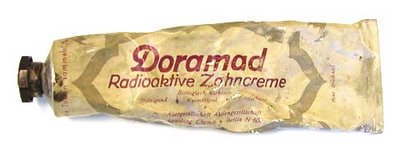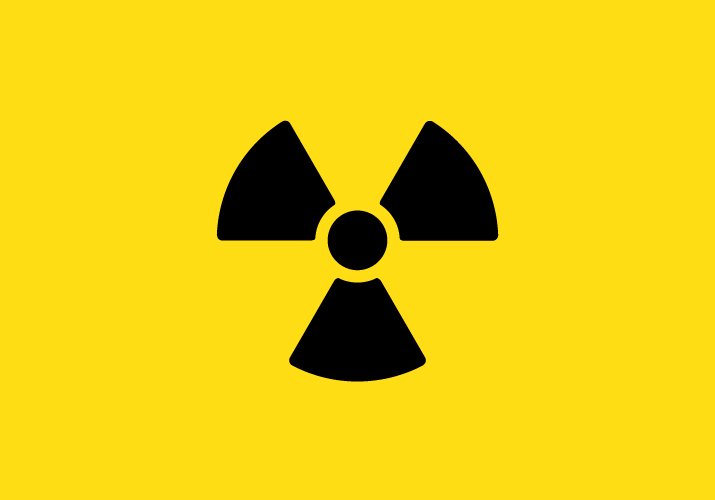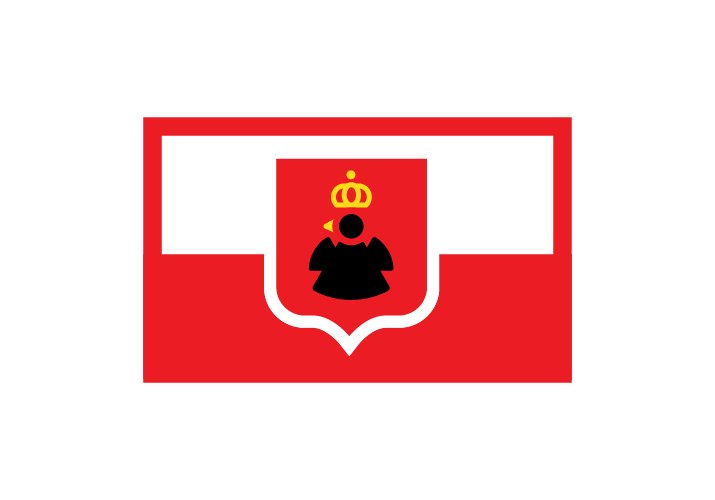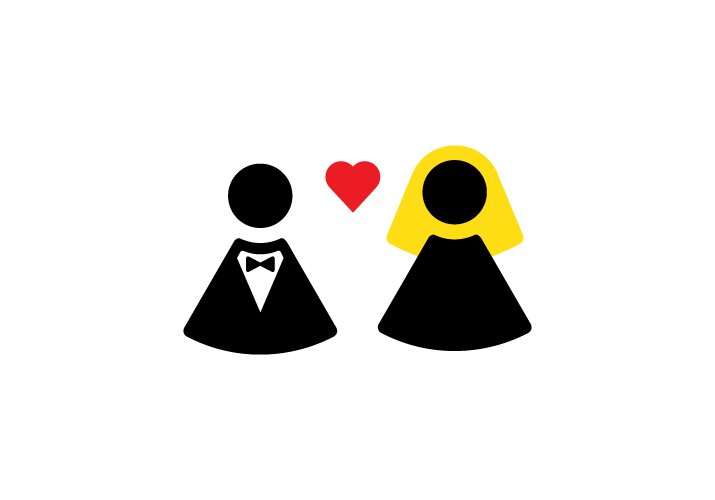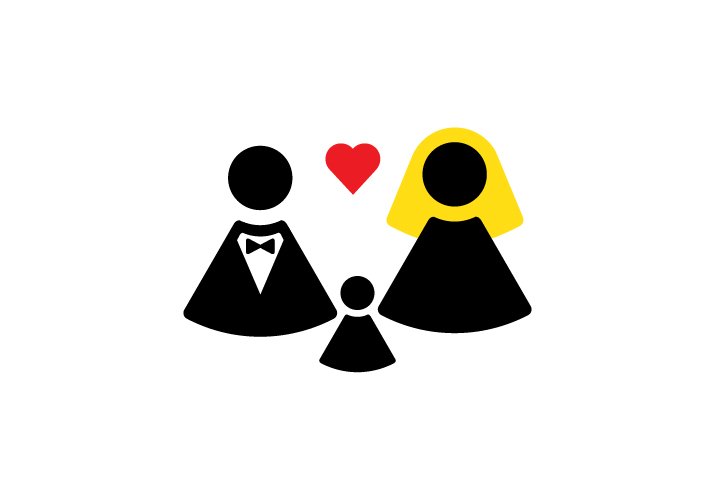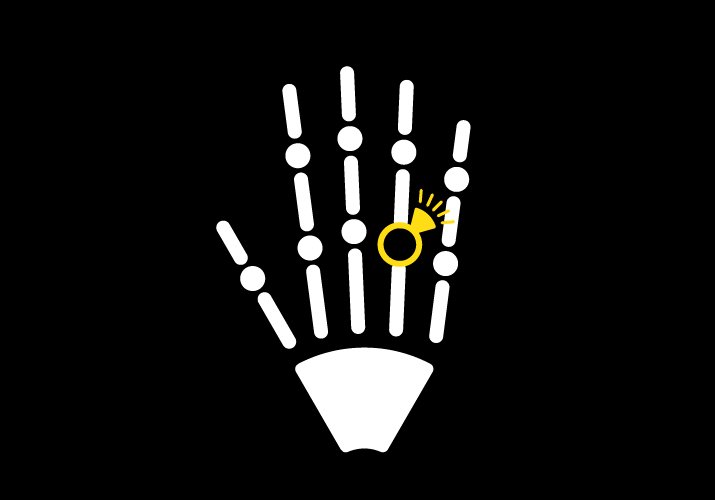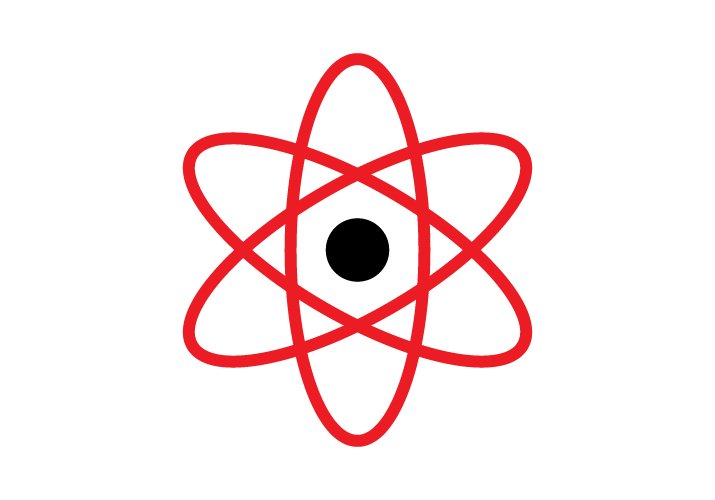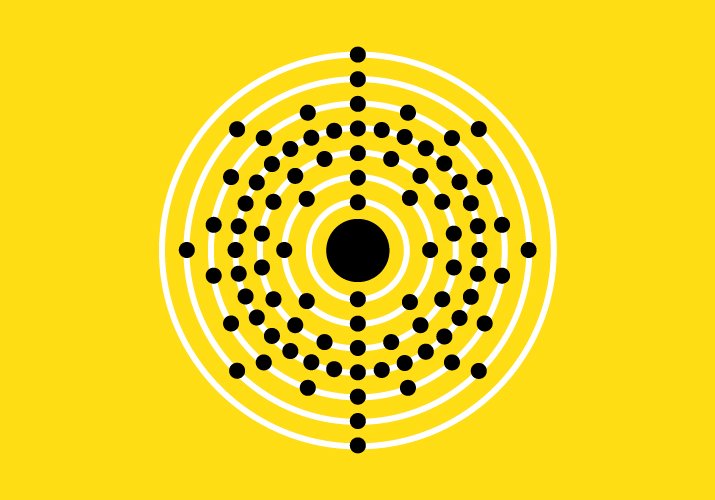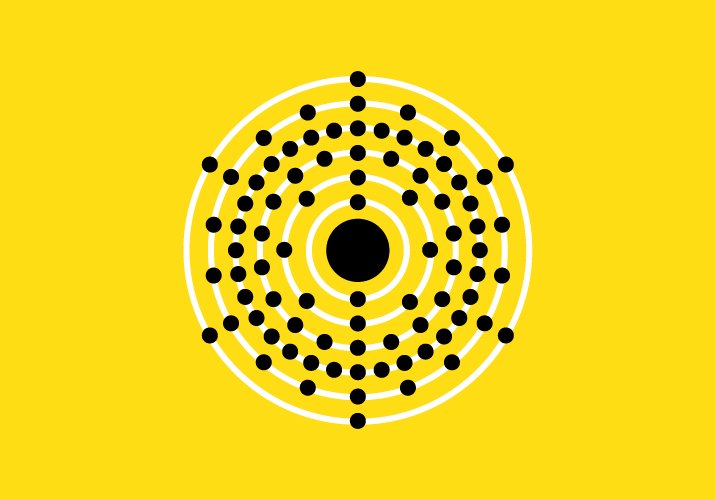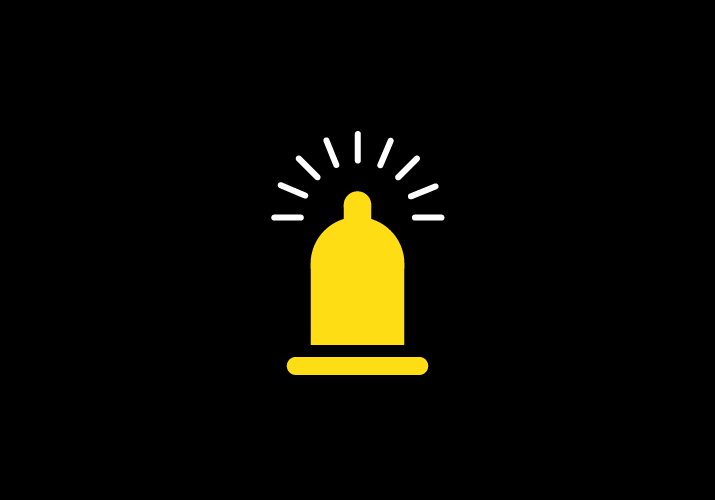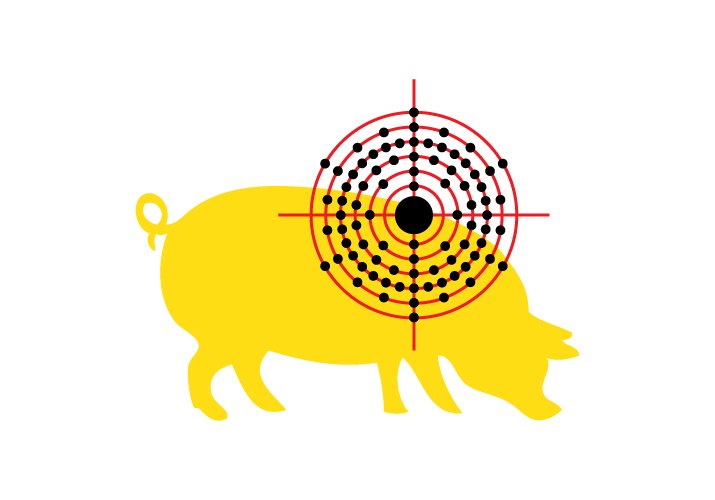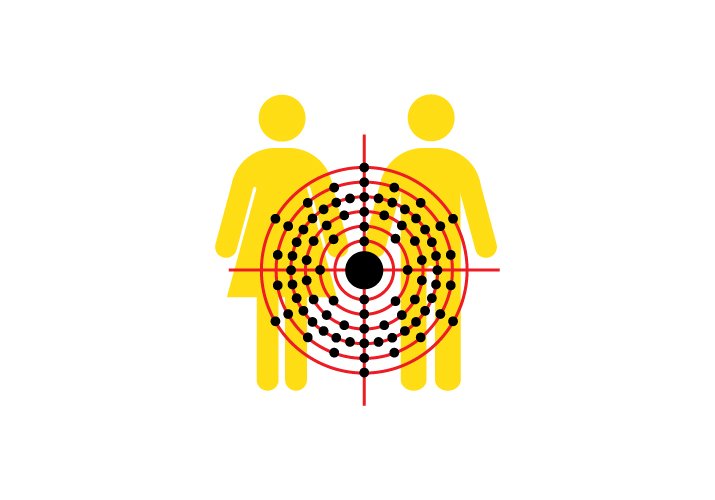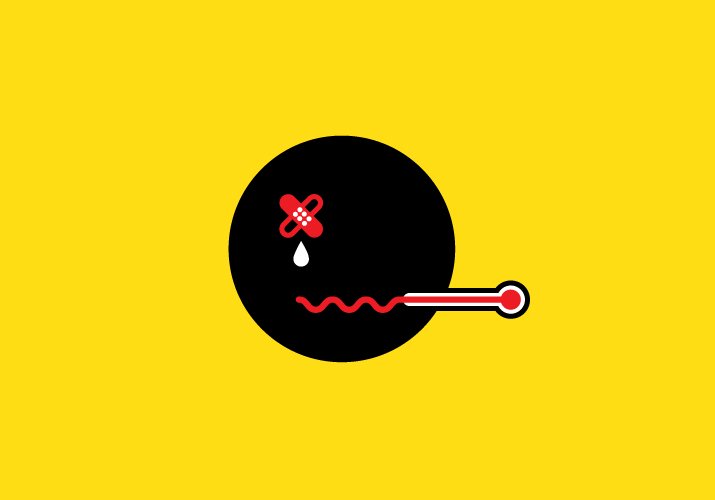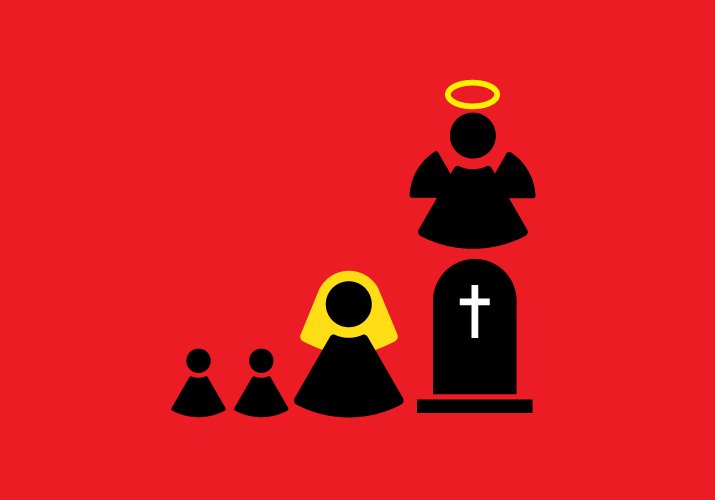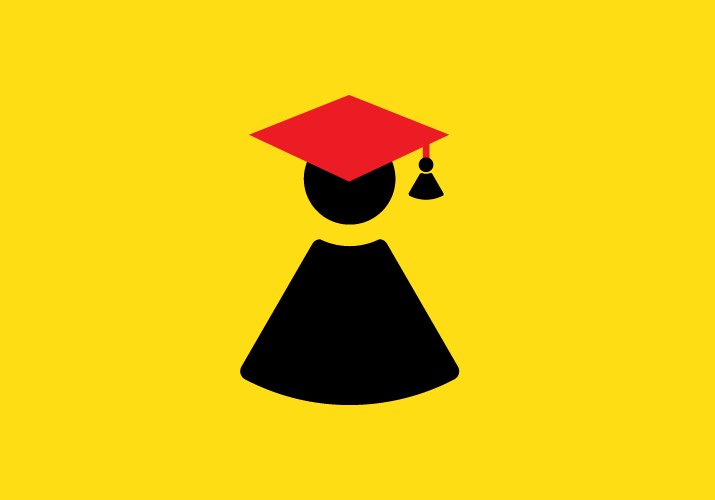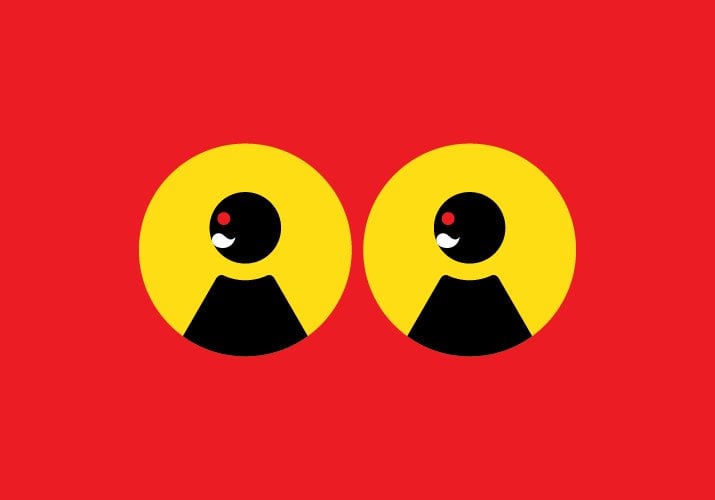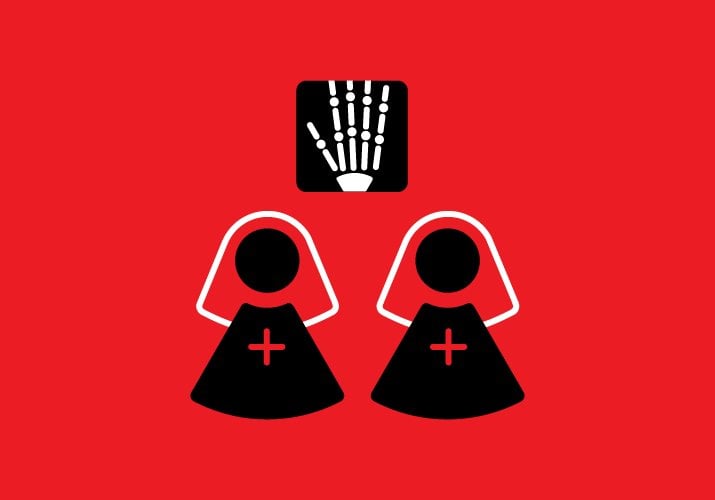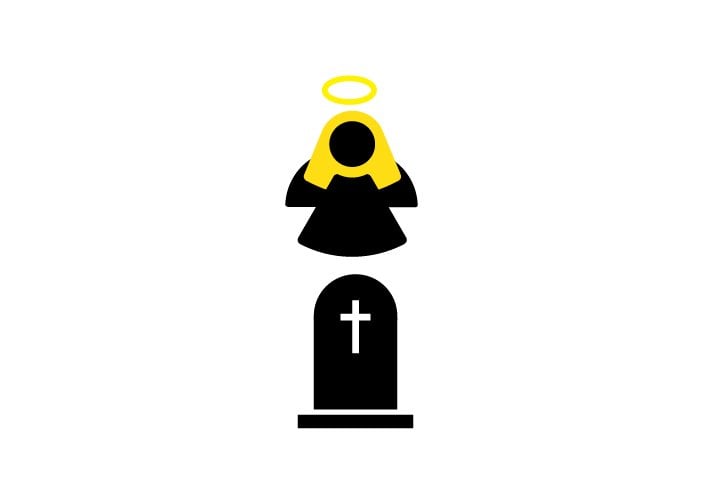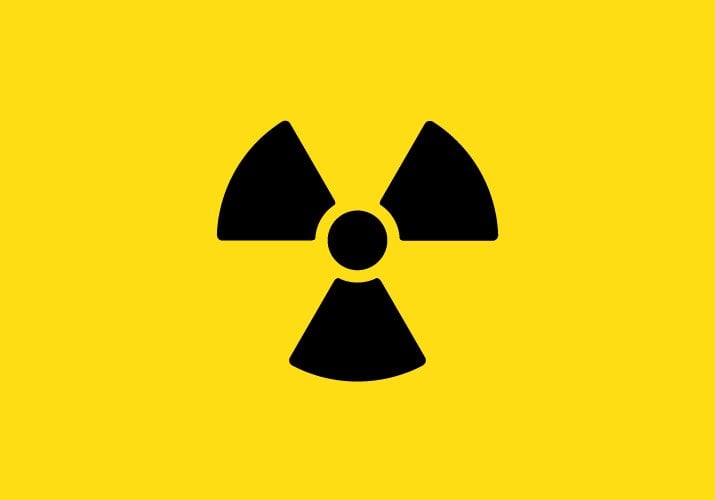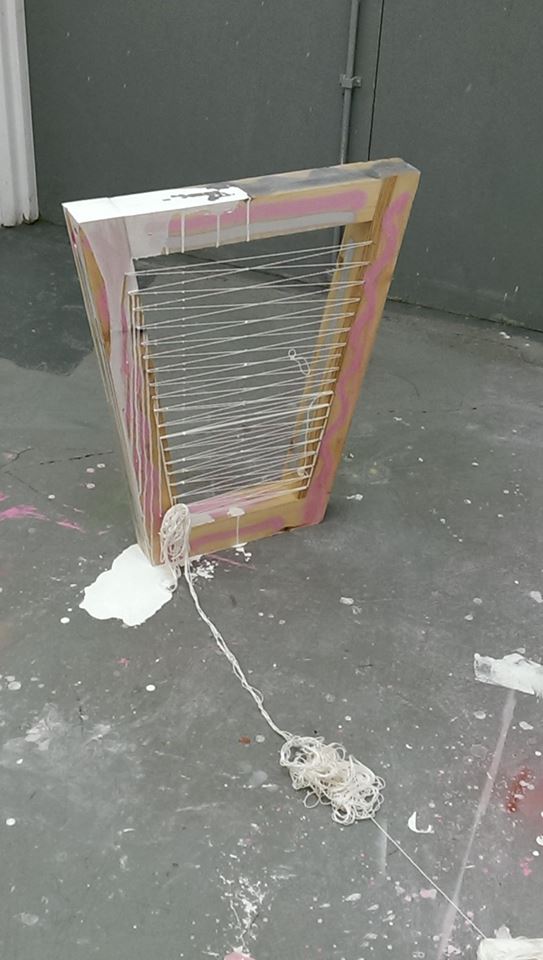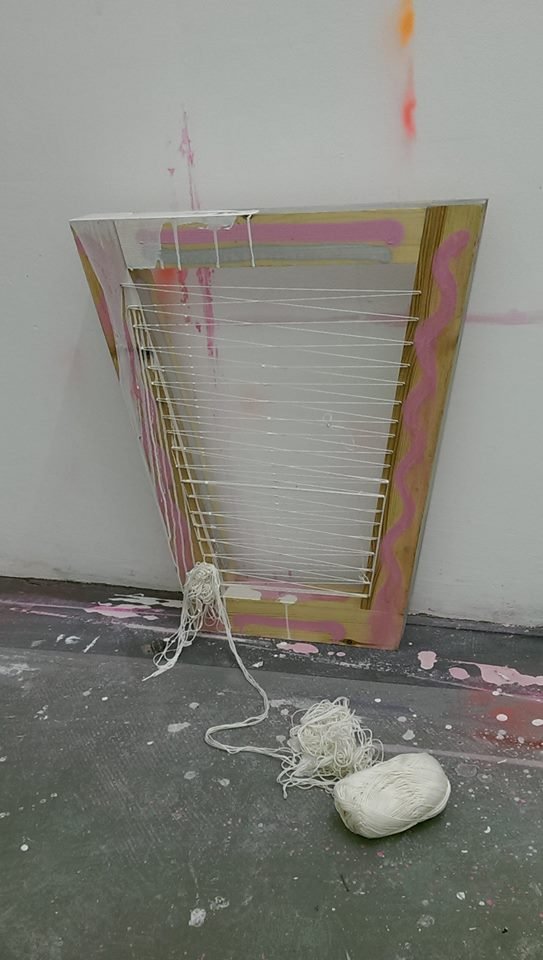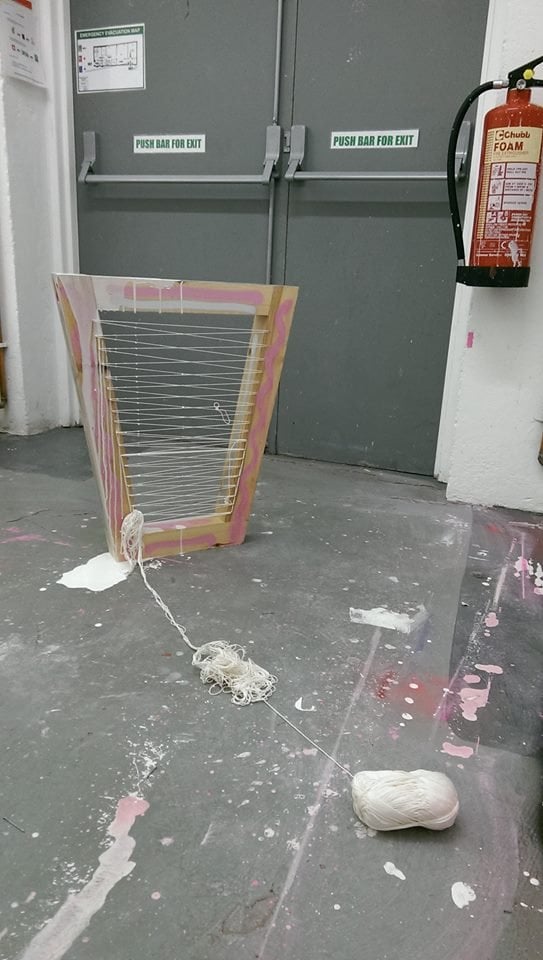Marie Curie
“I have been frequently questioned, especially by women, how I could reconcile family life with a scientific career. Well, it has not been easy.” – Marie Curie.
When I first decided that Marie Curie would be the next Legend of the Month I only knew the standard stuff about her, that she was brilliant, won two Nobel prizes in different sciences, that for a while she was the first and only woman to do nearly everything and that she spent a lot of time with radioactive things. I decided I better read a book about her.
Turns out she’s way more legendary and deserving of this honour than I thought. And yes, it is a big honour to be a HeadStuff Legend of the Month.
Marie Curie was born in Poland the year that Alfred Nobel patented dynamite, 1867. Dynamite gave him access to a huge fortune with which he established the Nobel Prize, two of which Mme. Curie would eventually win. Like a lot of geniuses or people of repute, her childhood wasn’t all roses. Her family had lost everything for trying to be Polish in the Russian Empire. She took some education at the “Flying University” which was a clandestine, underground, Russian defying college for women. But she had her heart set on freedom of education in the Sorbonne in Paris. She took up a job as governess to save money. She fell in love with the son of the family who had come home from university. The parents found out about the relationship and were having none of it because he was rich and she was poor, so her lover said it was over and she legged it to Paris. That’s the first eighteen years of this tribute done. In 1891 she enrolled in the Faculty of Sciences at the Sorbonne. She was one of 23 women in a student body of 1,800. She completed degrees in Mathematics and Physics by 1893 and was hired by the Society for the Encouragement of National Industry to study the magnetic properties of steel.
Now, the Legend of this month is Marie Curie, but I must not forget about her esteemed husband, Pierre Curie (he had the name first, Marie’s birth surname was Sklodowska… so I’ll push on with ‘Curie’). Pierre Curie was also working on magnetic properties, but mainly with crystals and he was already quite brilliant, despite his terrifying crew cut. He worked out piezoelectricity and named it, then found it necessary to invent the Curie Scale, so he did that, and the temperature linked between heat and magnetism is called the Curie Point. Piezoelectricity is hugely important and is involved in loads of things you do everyday, including regulating time in your Quartz watch.
So, Pierre and Marie were a great team, neither one was riding the other’s coattails. They were introduced. Pierre offered her space in his lab. They became affectionate. Like magnets. But she wanted to move back to Poland to be with friends and family. He begged her to stay but she was uncertain. Then he said he’d move to Poland and she said, “All right, fine, I’ll stay in Paris!”
Relationships haven’t changed much.
They got married on the 26th of July in 1895. Two years later they made a daughter and named it Iréne. Around this time a physicist named Wilhelm Rontgen saw that things in his lab were glowing. There were rays coming off things, he didn’t know what the rays were so he called them ‘x-rays’. He took the first ever x-ray, which is of his wife’s hand and is a very cool picture. You can see her wedding ring in it. When she saw the image she said, “I have seen my own death!” Which is a funny thing to say. But maybe she was right because she did die. Mainly because if she was alive she’d be nearly 200 years old, not because there was an x-ray of her hand. 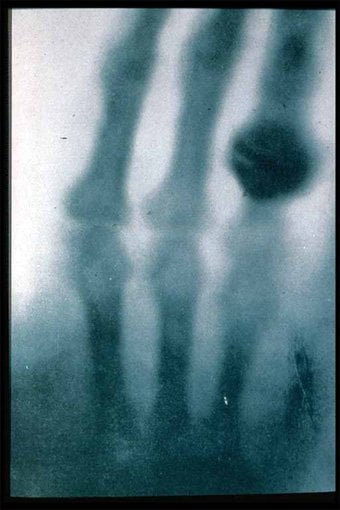 Anyway, this prompted Marie Curie to start working with uranium. She was experimenting and researching in her lab, bolting home at midday to nurse Iréne and in the evenings to cook for Pierre because it was still the late 19th century. When her experiments started to get a bit creative and she required unconventional shaped vessels she learned how to blow glass and made them herself. Legend.
Anyway, this prompted Marie Curie to start working with uranium. She was experimenting and researching in her lab, bolting home at midday to nurse Iréne and in the evenings to cook for Pierre because it was still the late 19th century. When her experiments started to get a bit creative and she required unconventional shaped vessels she learned how to blow glass and made them herself. Legend.
She discovered that the rays coming from uranium had nothing to do with external conditions and they could not be altered by any chemical process, which means they were a fundamental attribute of the substance in question, which meant they were an atomic property of the element. Which is a mind-blowingly massive discovery that changed the way chemistry is thought about. This meant that the atom wasn’t the tiniest form of matter. There was a structure to the atom, which meant it could be broken down, and there was energy in it. Could the energy be taken out? This was a new idea, a new science. So Marie Curie did what any run of the mill genius would do in her situation. She invented a word for it: ‘Radioactivity’. Legend.
Then she discovered polonium and called it ‘polonium’ because she loved Poland. And then (mostly because she loved inventing words, that’s really the only reason she was in this game) she discovered radium and named it ‘radium’ from the Latin for ‘ray’. Other scientists were skeptical (jealous). The Curies showed the existence of polonium and radium by marks and counters and sciencey things, but they needed physical evidence. They needed to be able to touch it. So the Curies spent four years with seven tons of Pitchblende (a mineral that was showing as much more radioactive than uranium), 400 tons of water, 40 tons of corrosive chemicals and they extracted one tenth of a gram of radium chloride… and she was delighted.
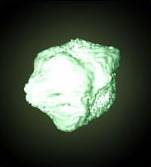
One tenth of a gram. Delighted. In fact, she was this delighted: “I shall never be able to express the joy of the untroubled quietness of this atmosphere of research and the excitement of actual progress.”
If only there were more people in the world like the Curies. People who discover great things and don’t try to wring every penny of financial profit out of it. Radium was an instant commercial hit, but they weren’t interested.
Marie Curie: “If our discovery has a commercial future, this is an accident.”
Pierre Curie: “It would be contrary to the scientific spirit.”
Modern Pharmaceutical Company: “Yes we can cure your cancer, this medicine will cost you 1000 dollars for one tenth of a gram.”
People wanted to use radium for everything: lighting (some thought it would replace electric light, you’d paint your walls with it and it would glow like a soft moonlight), painting onto light switches so they’d glow in the dark, medicines that cured pretty much everything, face creams, toothpaste, condoms, chocolate, cigarettes, bath salts. A famous dancer wanted some of the Curie’s radium to paint on her dress so it would glow in the dark while she shimmered and spun and twerked or whatever dancers did in the 19th century. All the while Marie Curie said no to the hype. She stayed in her lab with her husband and kept researching, testing, learning.
In 1900 Pierre Curie strapped a tube of radium to his arm for ten hours. It took more than fifty days for the resulting injury to heal. They thought if it can destroy healthy tissue, maybe it could destroy diseased tissue. Maybe it could cure cancer? They tested on animals. They tested on humans. They called it Curietherapy. Basically it was a method of getting radiation onto malignant growths. The delivery and targeting and control of the radiation has improved, but essentially, in 2014 this is still one of the main cancer treatments; radiation therapy.
In 1903 Marie Curie was the first woman in France to receive a Doctorate. So 1903 was a good year for her career. And oh yeah, she also won the Nobel Prize. For her career, but not so much for her personal life.
During the Summer she suffered a miscarriage. She was too sick to go and pick up her Nobel Prize. Here’s a powerful passage from a book that should be on every bookshelf in the world, Radioactive by Lauren Redniss:
“… Just as the world showered them with acclaim and riches – just, that is, as they should have been at their most formidable, the Curies faltered. The powers of radium with which they were so anamoured – Marie had taken to sleeping with a little jar by her pillow – were steadily corroding their bones, straining their breathing, burning their skin. Their entire lab was toxic. MARIE: ‘Dust, the air of the room, and one’s clothes, all become radioactive. The air in the room is a conductor… we can no longer have any apparatus completely isolated.‘ Radioactivity had made the Curies immortal. Now it was killing them.”
A year later, after a nice break, their health began to improve. They had a second daughter, Evé, in December 1904.
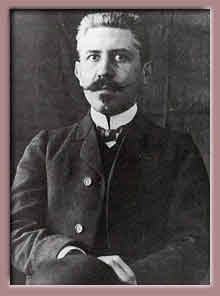
Paul Langevin is just another super genius in this story. To the degree that he has an equation named after him. Like Pythagoras. He received his doctorate from Pierre Curie, the year before Marie received hers. He was Pierre’s protégé. When Pierre was sick, he resigned his post at the School of Physics. Paul Langevin took it over.
Marie and Pierre Curie really, absolutely, properly loved each other. A real heartbreaking love that was genuinely heartbreaking when Pierre was hit by a horse-drawn cart and died instantly as will happen when your head gets crushed. It was 1906, his daughters were eight and one. It was devastating.
The Sorbonne was 650-years-old. When they offered Pierre’s professorship to Marie she became the first woman professor. “I have been named to your chair… they have been some imbeciles to congratulate me on it.”
Four years later Marie fell in love again. With Paul Langevin. He was extremely highly regarded in the scientific community, and in heroic circles (if heroes have circles) and he had a magnificent moustache, (which he refused to shave off as a disguise when the Nazis wanted a chat with him). This was 1910 and everything seemed good again. Except Paul Langevin had a wife. And she didn’t care quite how cool it was that Marie Curie was now in love with yet another giant of world-progression. She was publicly accused of a love affair. Which in those times was a bit more serious than it is now. This was a big deal and she was on the front pages of the newspapers, one headline read, “The Greatest Sensation in Paris Since the Theft of the Mona Lisa!”. Within three days of this news breaking she received other news; she won another Nobel Prize. I wonder if Marie Curie knew the English word ‘bittersweet’? The Nobel Committee tried to stop her going to the award ceremony in Sweden to receive her prize because of all the scandal. A young scientist name Einstein, who was no stranger to scandal, wrote to her and said, “feck it, go get your prize” (give or take). She went and got her prize. But she was sick again, and she was tabloid fodder, and the romance with Paul Langevin ended. It wasn’t great. She legged it to the south of England and hid for a while. But because she’s a legend, and because France became more occupied with headlines about war and impending doom, she went back to France to help with the war effort.

She took her radium store and hid it in Bordeaux so incoming armies wouldn’t take it. She offered to melt her Nobel medals for the war effort. Luckily the bank officials told her to cop on. She became a nurse for the wounded in France. Then she turned x-ray into a diagnostic tool for the wounded for the first time. She put x-ray units in automobiles, eighteen of them, so soldiers could be accurately treated on the battlefield as opposed to the blind exploratory treatment they had received up to that point. She also, with her 18-year-old daughter Irene, set up 200 stationary units. The vans were called ‘Petites Curies’.
She was a great lady.
Without Pierre or Paul Langevin as a collaborator she enlisted Irene, who proved to be a very skilled nurse and radiologist. The work exposed both of them to a lot of radiation. Radium was used all over the war because a lot of the fighting was done at night. They painted things to glow in the dark.
Another thing they couldn’t see was the great German weapon, the U-Boat. So, again, tangled up in this story, they needed a way to “see” U-Boats. Paul Langevin invented SONAR… using piezoelectricity developed by Pierre Curie.
Isn’t this the plot of an epic novel?
I’m finding it difficult to stop writing about her. Prepare for a summary paragraph:
Before the war she was tabloid fodder for sexy affairs. After the war (more achievements… can you imagine her C.V.? Employable much?) she was a moral authority, leaders of French antiwar movement wanted her support, she was appointed to the Commission on Intellectual Cooperation by the League of Nations. In 1921 she went to America and the New York Times front page said, “Mme. Curie Plans To End All Cancers.” They raised $100,000 to buy a gram of radium for the Curie Institute, which U.S. President Harding presented to her. Around this time her health was shaky again. In 1929 she went back to the U.S. and they gave her another $50,000 towards another gram of radium for the Radium Institute in Warsaw. She slept at the White House and dined with President Franklin Roosevelt, and also Lyman Briggs who would become head of Roosevelt’s Uranium Committee, or later – The Manhattan Project. Marie Curie gave her life to her work. It was the ultimate ‘she did it so you don’t have to’ story. 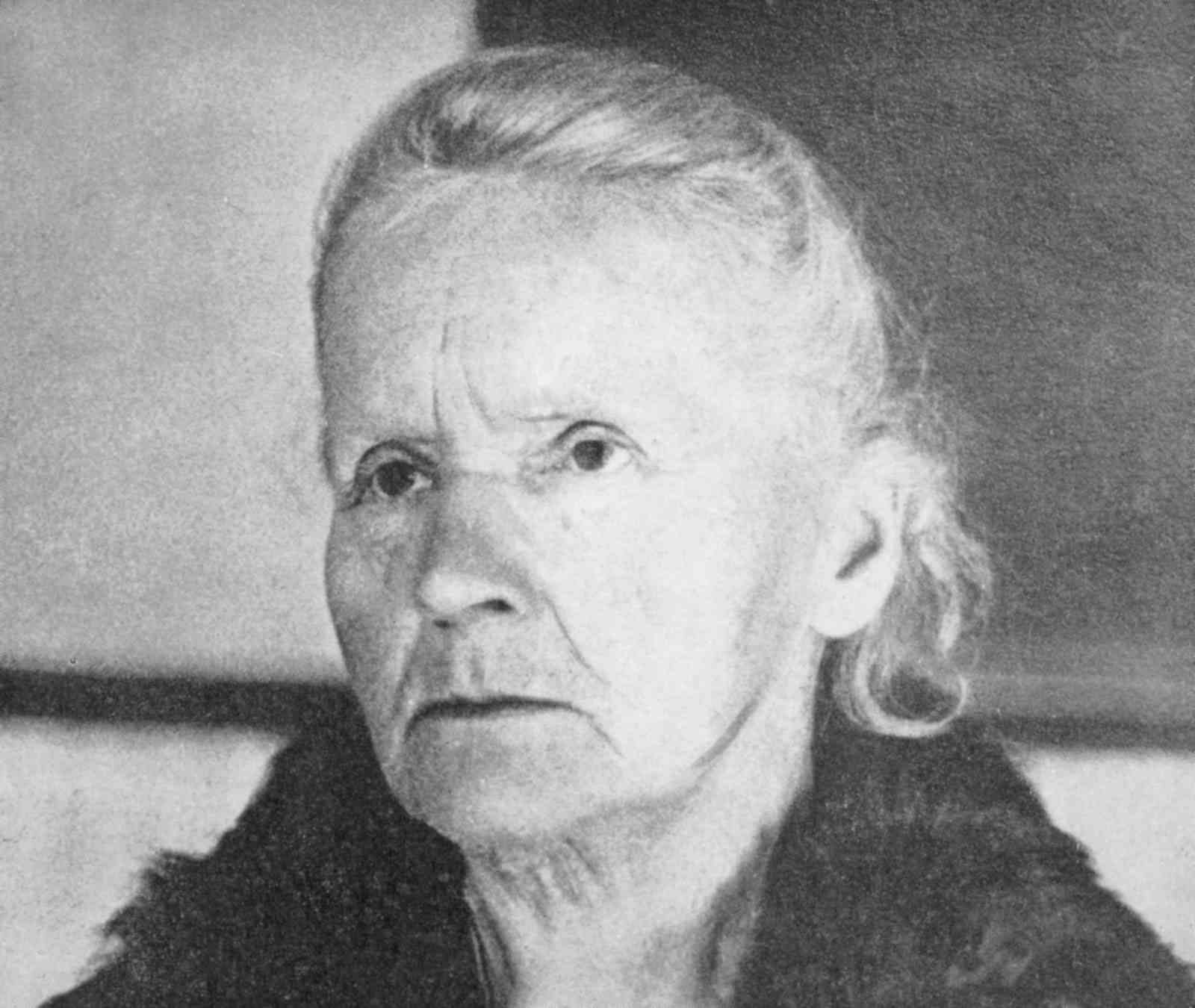 She died on the 4th of July 1934 from “Aplastic Pernicious Anemia” due to prolonged radiation exposure. She was 66.
She died on the 4th of July 1934 from “Aplastic Pernicious Anemia” due to prolonged radiation exposure. She was 66.
Before the Curies, scientists believed that the atom was the basic particle, the smallest part of anything. Then Marie Curie, based on the rays coming out of radioactive atoms, said no, atoms can be divided. But she said it in hushed tones and retracted it soon after (it was hard to get your head around in the 19th century). A year or two later Ernest Rutherford proved that atoms are in fact divisible and he has since been known as the father of nuclear physics. Imagine, with all her achievements and awards, she could also be the father of nuclear physics too.
Her legendariness extended far. Very few people win Nobel Prizes, and of the ones that do, most of them only win one. Marie Curie won two. In different fields of science. And her daughter Irene won one, (so Marie kind of won three). Radioactivity was good to that family, except for killing them all, of course. The Curie family is the most decorated Nobel family. And, on the subject of keeping it in the family: Irene married Jean Frédéic Joliot (becoming Irene Joliot-Curie) who was Marie Curie’s assistant. Their daughter Helene Joliot-Curie (Marie Curie’s granddaughter) married Michel Langevin (becoming Helene Langevin-Joliot) who was the grandson of Paul Langevin, with whom Marie Curie had that affair. Helene and her brother Pierre are working scientists today.
Marie Curie’s notebooks are still radioactive. Her legacy seems to be too.
Head explodes.
I really think everyone should buy this ridiculously brilliant, fascinating and beautiful book.
Look at these great images from Irish designer Deirdre Breen. Marie Curie’s life in pictograms. Click to enlarge.
Marie Curie inspired piece by Anna Kolosova.


